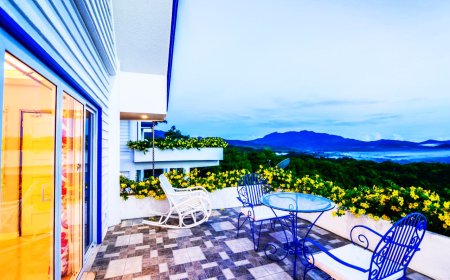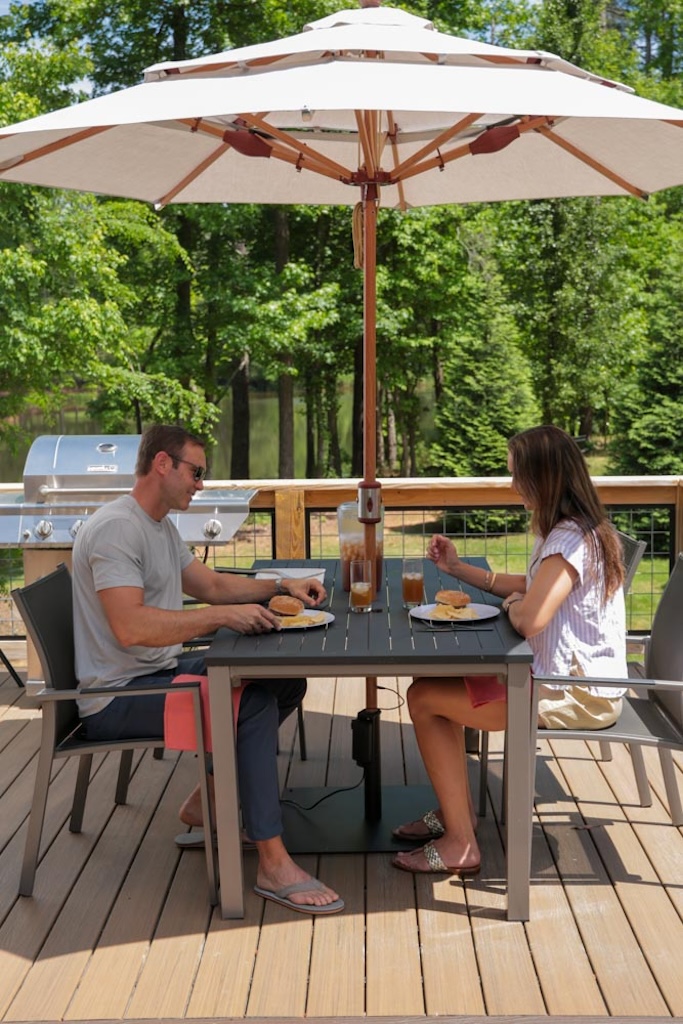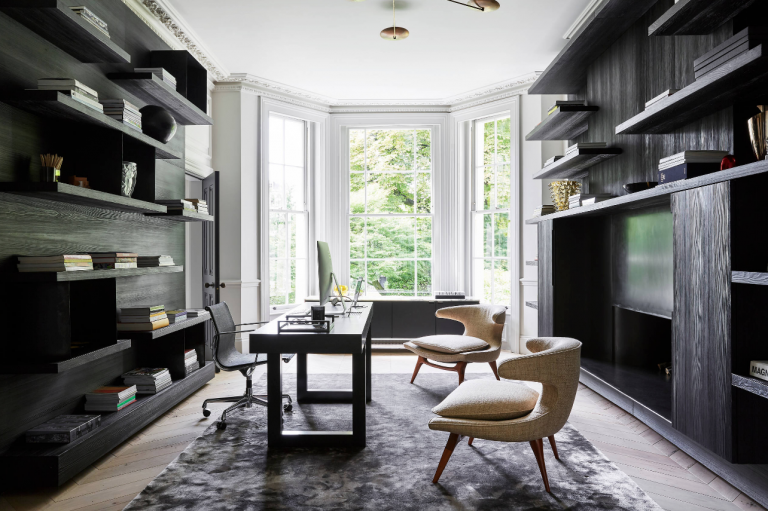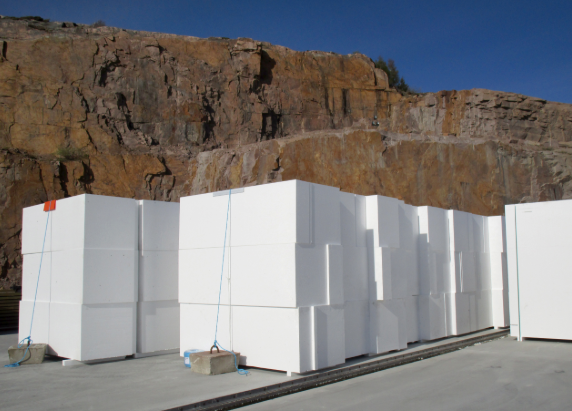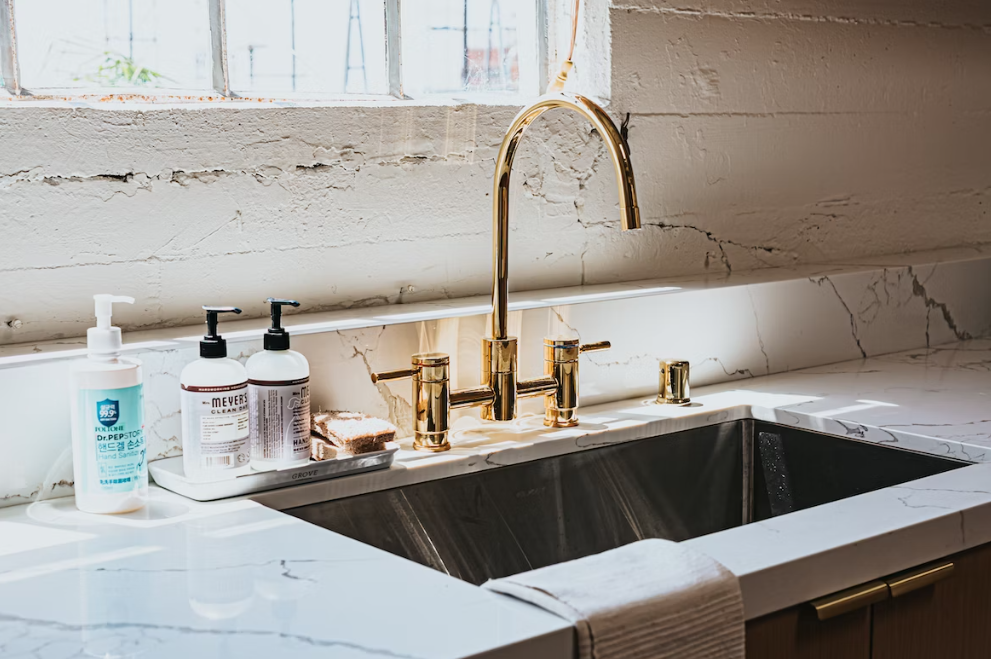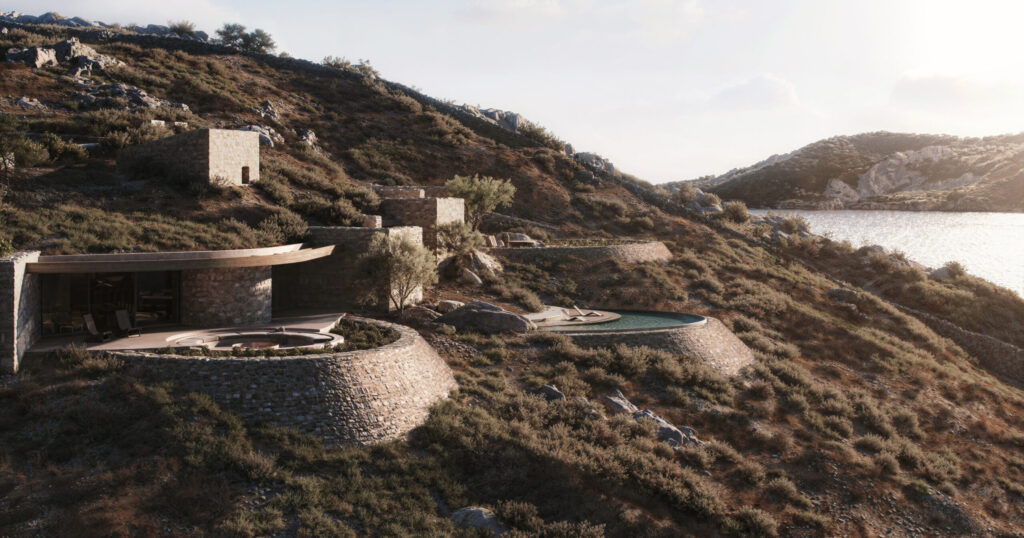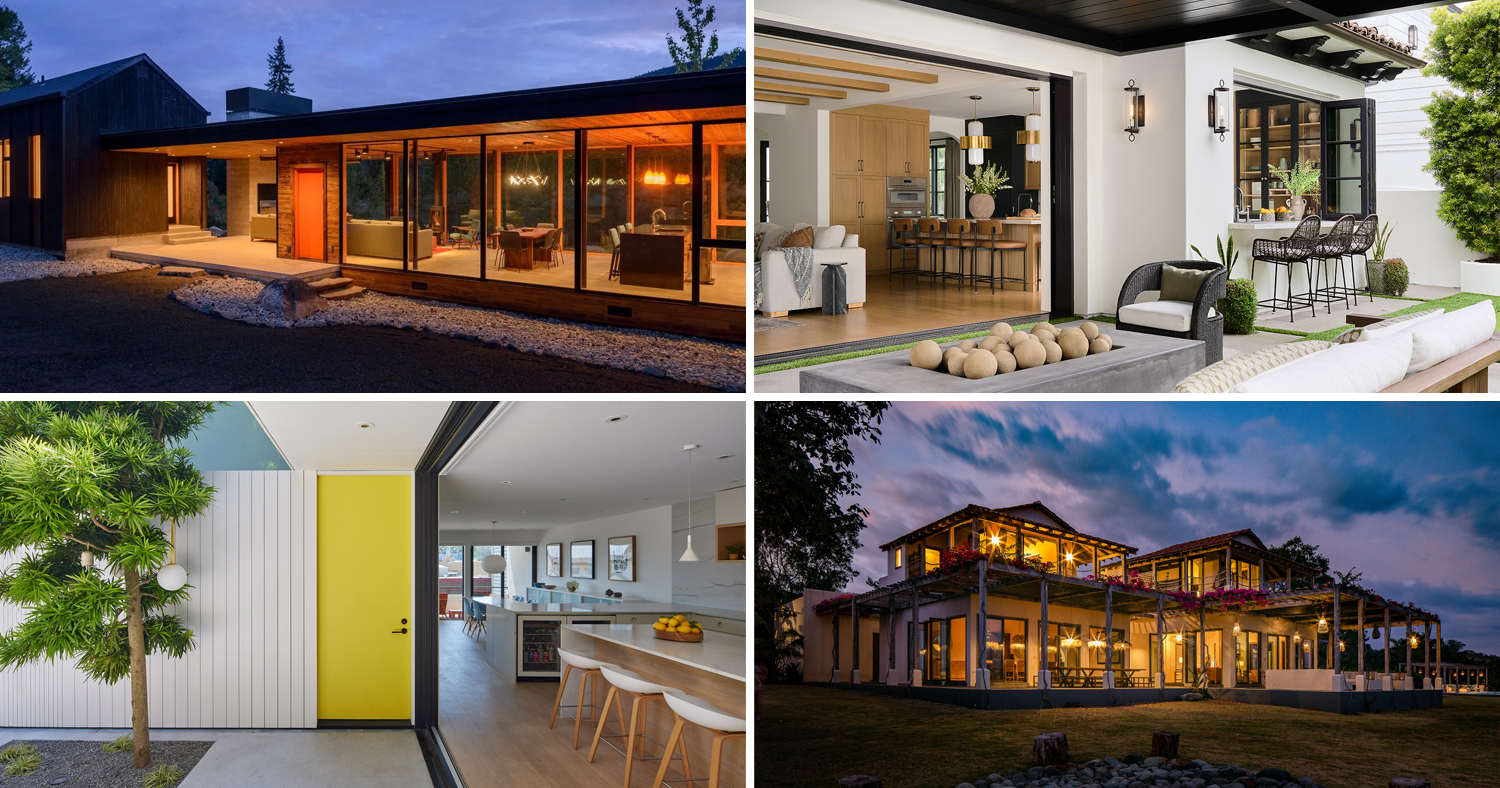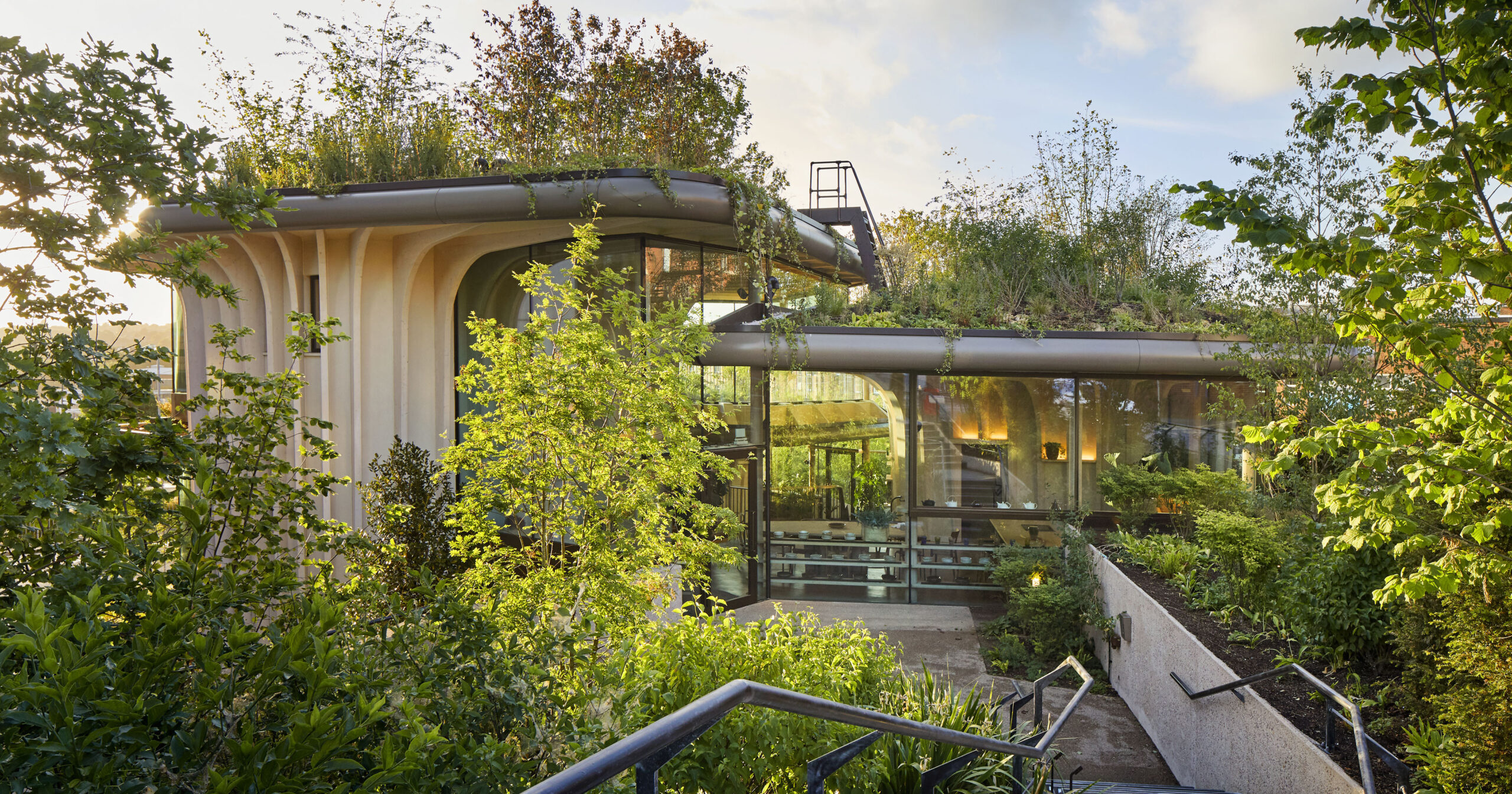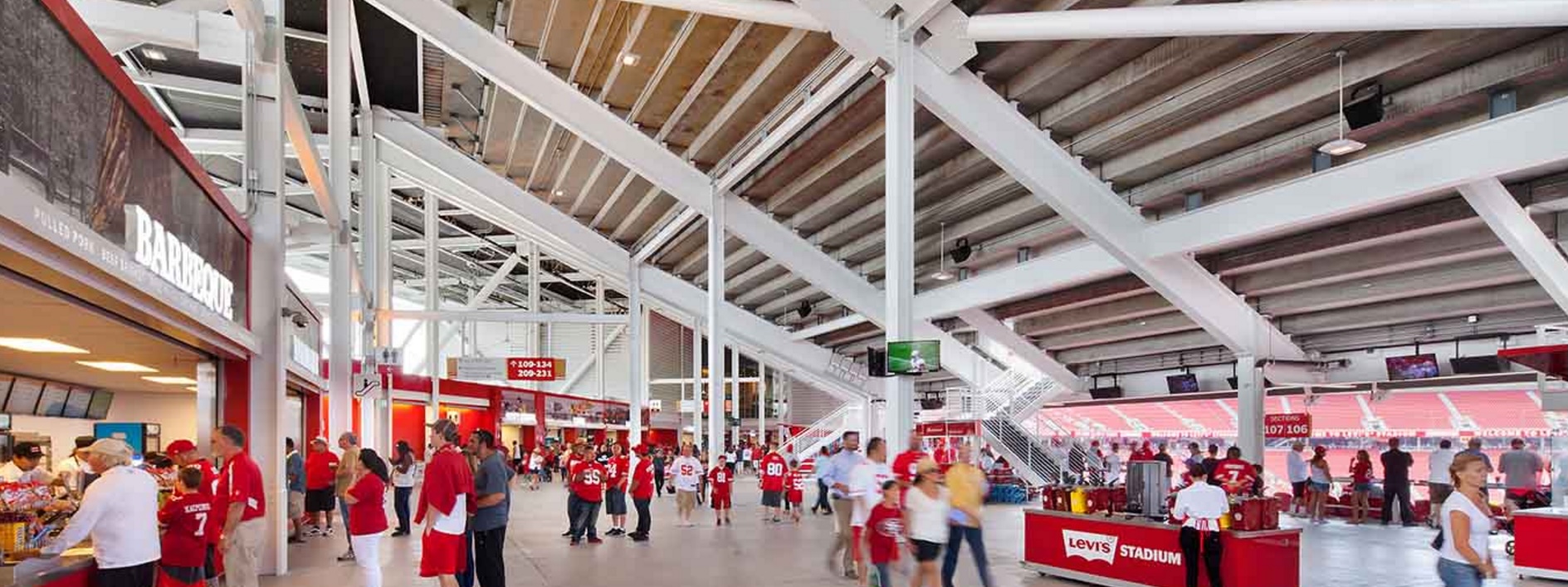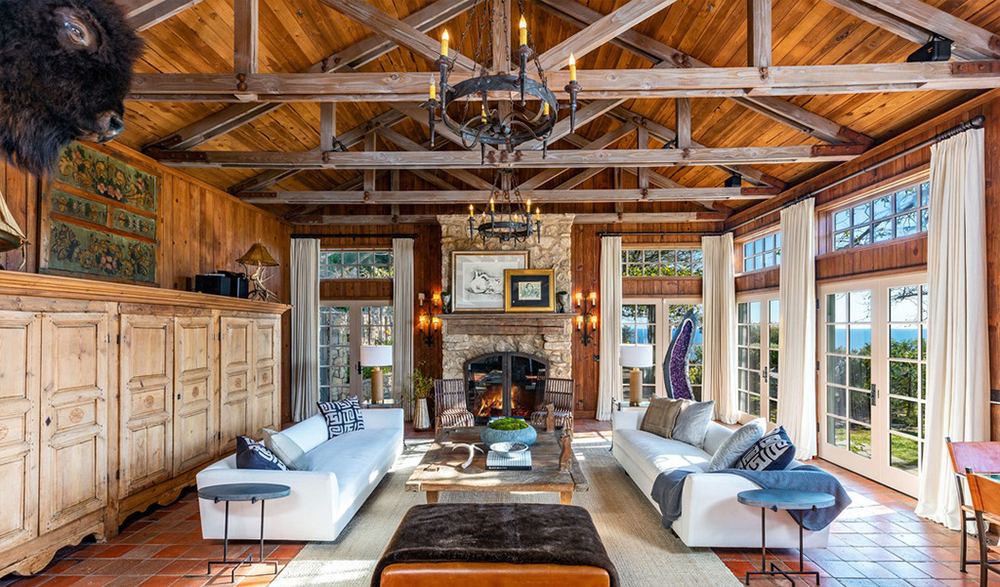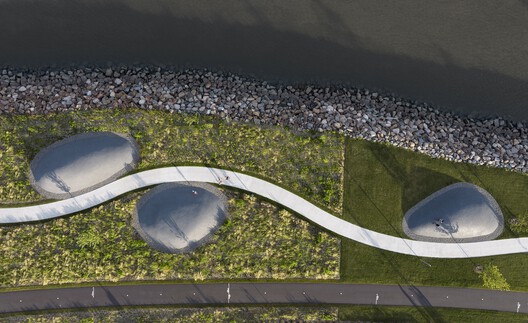Omar Chakil's stone furniture collection references ancient Egyptian gods


A chair shaped like a hooded cobra and a table that evokes a scarab beetle feature in designer Omar Chakil's Transcendence series.
Chakil's collectible furniture and objects look to embody a multicultural outlook, reflecting his upbringing and artistic career in France, Egypt and Lebanon.

His 17-piece Transcendence series is currently on show at Galerie Gastou during trade fair PAD Paris.
It was made using luxury stones, including marble and Egyptian alabaster, which is endemic to the country but has become overlooked as a material for use in art and interior design.

Since returning to Egypt from France in 2019, Chakil been creating contemporary, abstract objects made from massive blocks of alabaster onyx in an attempt to revive its popularity.
Each of the sculptural pieces features organic forms that were designed to showcase the translucent stone's beauty and versatility. Chakil based the designs on Egyptian animal deities that have been reinterpreted in modern ways.

The Scarab coffee table recalls the plated exoskeleton of the scarab beetle, which was a symbol of rebirth, resurrection and transformation for the ancient Egyptians.
The table's base is formed of Italian bianco perlino marble, with the raised sections on the top made from Iranian pink onyx and Egyptian alabaster.

The Uraeus Birth Chair, meanwhile, is based on a piece created in 2020 that Chakil reinterpreted by incorporating the silhouette of an upright hooded cobra.
The designer explained that this ancient symbol of guardianship is intended to infuse the design with a sense of "divine power and protection."

Nubia is a capsule-shaped monolithic totem featuring carved, niche-like shelves that showcase the striated composition of the alabaster onyx.
Originally created for an exhibition at Cairo's Le Lab gallery, the piece is named for a region along the Nile River that has one of the world's oldest civilisations.

The Sobek bench mimics the fossilised tail of a Nile crocodile that was scanned from a real reptile. The bench's gently curved form is accentuated by the use of two contrasting stones and its marble base is adorned with subtle hieroglyphs.
Chakil also created a collection of containers based on jars that were used by the ancient Egyptians to store and preserve internal organs removed during mummification.
The designer claimed that his colourful jars are "made to store and preserve unfulfilled hopes and dreams for the afterlife," with each vessel featuring an aerodynamic lid "for potential increased velocity through time and space."
The collection's title was chosen to reflect Chakil's creative approach, which seeks to transcend functional design and elevate objects into the realm of collectible artworks.
"My motivation comes from wanting to tell a story and putting a piece of myself into the work and research, so it's not just a functional piece, but a piece that transcends functionality and evokes a narrative that can hopefully touch people," he said.

The exhibition at PAD Paris represents the first time Chakil has shown work with Galerie Gastou, which was established in 1985 by Yves Gastou and is now headed by his son, Victor.
For the PAD Paris event, Gastou wanted to evoke the afterlife rituals of the pharaohs, who would surround themselves with their finest possessions for their final journey.

The gallerist commissioned architect Matthieu Poirier-Lauvin to design the scenography for the space, a clean-lined aesthetic intended to evoke the monumental architecture of ancient Egypt.
Chakil previously showed his pieces at last year's inaugural Design Doha exhibition. Past exhibitions that presented innovations with alabaster include a design exhibition by Galerie Philia inside New York City's art deco Walker Tower.
The photography is courtesy of Omar Chakil.
Transcendence takes place from 2 to 6 April 2025 at PAD Paris, Jardin des Tuileries, Paris, France. See Dezeen Events Guide for an up-to-date list of architecture and design events taking place around the world.
The post Omar Chakil's stone furniture collection references ancient Egyptian gods appeared first on Dezeen.
